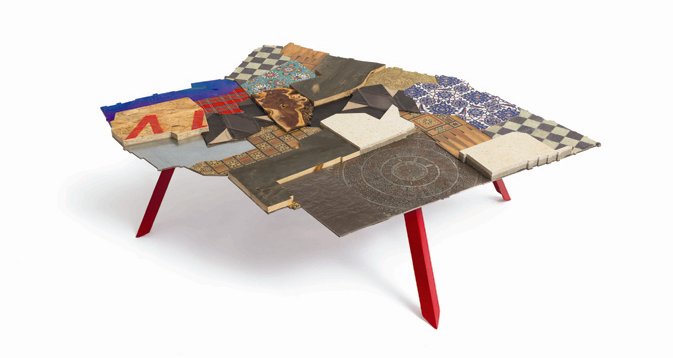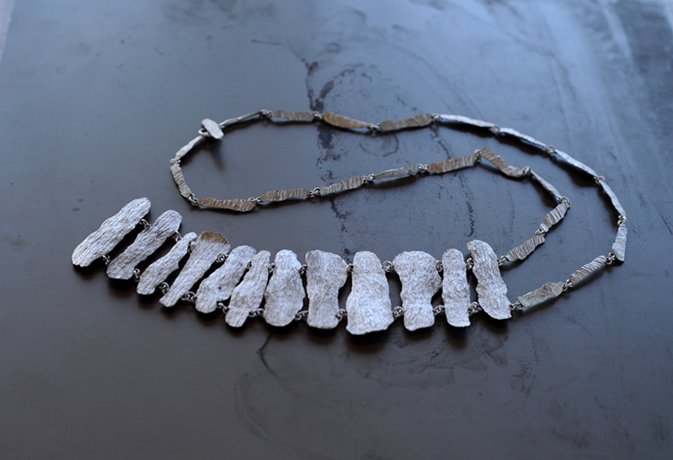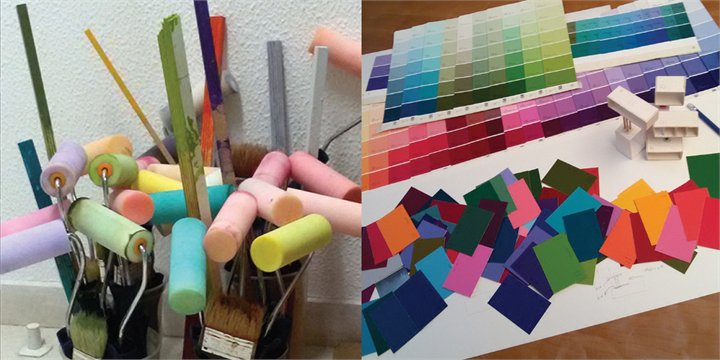A new exhibition in The Israel Museum, Jerusalem
Curator: Sharon Weiser-Ferguson | February 9, 2017- January 31, 2018
One of the most important commandments on Purim is to hear the reading of the Scroll of Esther, which tells the story of how the Jews of Persia and Medea were saved from the plot to kill them all. The leader of this conspiracy was Haman the Agagite, who, according to theSages, was a descendent of Agag, king of the Amalekites, and is still considered a prototype of the evil Jew hater. As the Jews were commanded to blot out the memory of Amalek, the custom was to write the name of Haman on stones or pieces of wood and then knock them together during the reading of the megillah every time the name was mentioned, so that it could not be heard because of the din and, by the end of the service, was almost wiped out from the surface of the stone or wood. A similar custom of erasing a name as a symbolic act is known to have been practiced already in the days of the Roman Empire, when the names of individuals who had conspired against the government and betrayed their country were obliterated from documents and memorial stones.
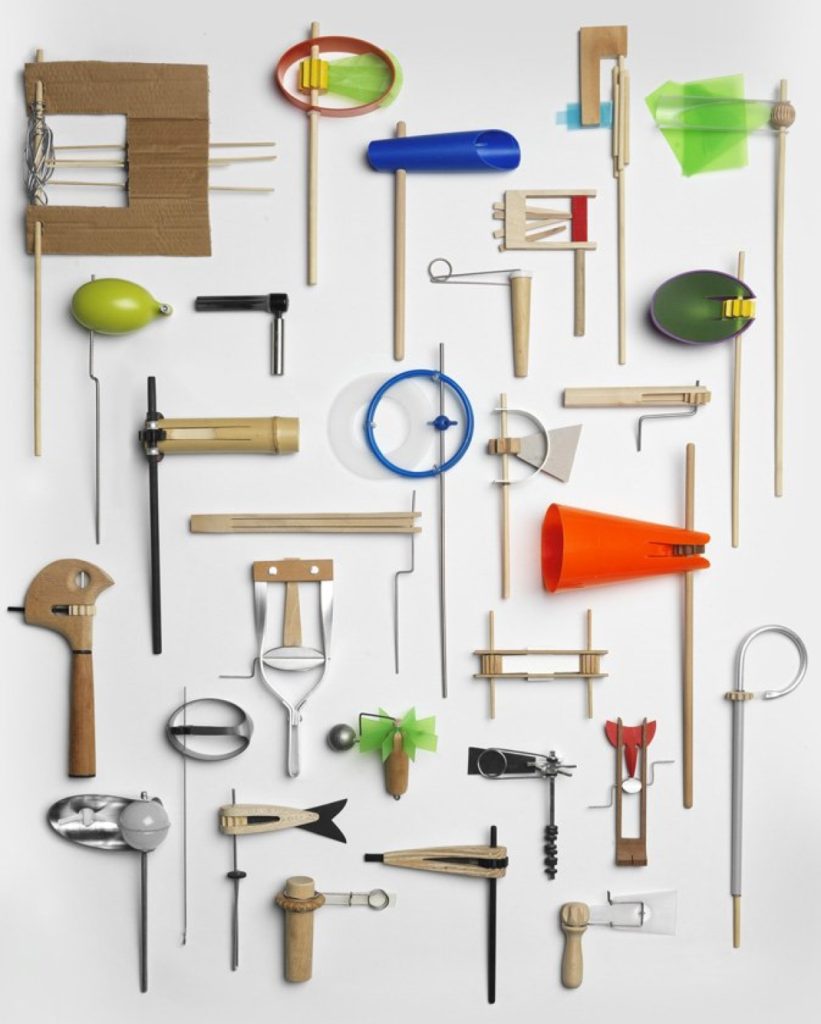
Special objects for making noise during religious ceremonies were common in Europe even beforeJews started to use noisemakers on Purim. In the days preceding Easter, Christians used noisemakers rather than tower bells to summon the congregation to Church, and children made ratchets which they used in ceremonies where a straw effigy symbolizing Judas Iscariot was burnt as retribution for having betrayed Jesus. Jewish communities in Christian countries adopted the use of noisemakers even though rabbis opposed it, fearing that the racket would prevent the worshipers from hearing the reading of the megillah and that the commotion would cause damage to the property of the synagogue. Nevertheless, the practice of making noise – with stones, pieces of wood, hammers, or ratchets – took root in many Jewish communities, becoming one of the central customs associated with the holiday of Purim, along with others such as the wearing of masks and costumes.
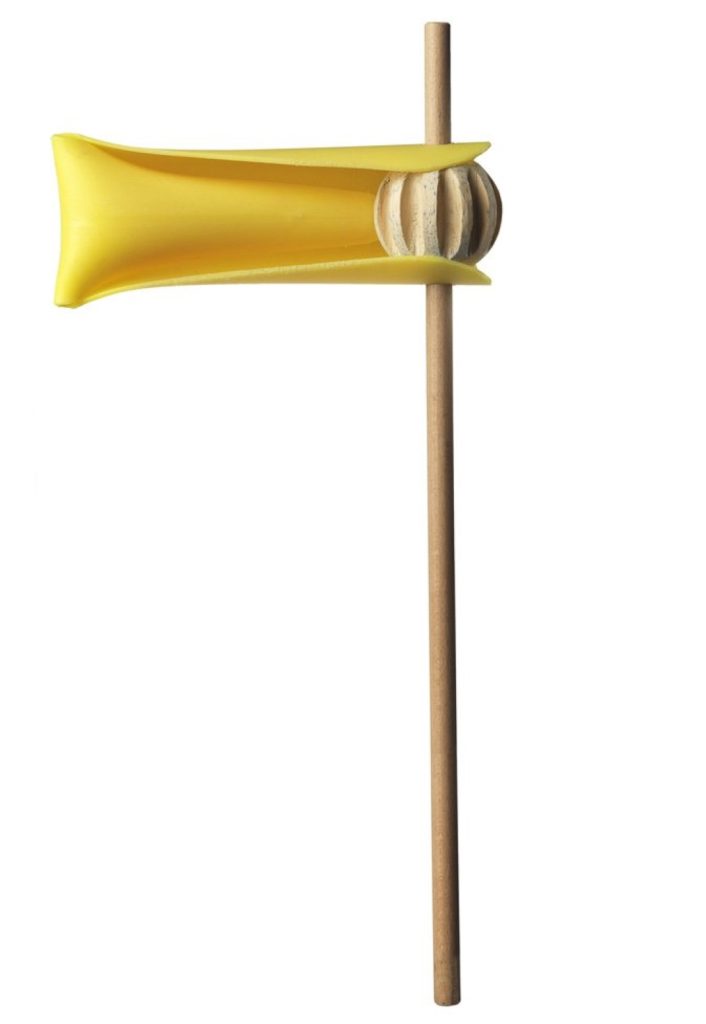
Yaacov Kaufman (born in Russia in 1945) is an industrial designer who taught at the Bezalel Academy for over thirty years. He was of course familiar with Purim noisemakers, but only after he came upon a noisemaker made of bamboo in a flea market in Amsterdam did he become intrigued by the connection between the object’s material and structure and the noise and movement it produces. In a fervor of creative activity, he made close to 150 noisemakers within two years.According to Kaufman, creating a series of objects of the same kind – “feasibility models” – is an essential stage in the work of any industrial designer, both in order to study the product and in order to adapt it to the needs of different consumers. However, Kaufman also made several series – figurines, masks, stools, and noisemakers – that were not meant for industrial production. The creation of the noisemakers was accompanied by an exploration of the connection between the material and shape of the object’s body, cogwheels, and pawl (the part that engages with the cogwheels to produce noise), and its motion and sound. Kaufman discovered that the sound produced by the noisemaker varies according to how hard the pawl is, and that the addition of an extra weight increases the speed of the object’s rotation – and hence also the volume of its sound. Kaufman’s noisemakers are made of simple materials, often incorporating existing objects (“readymades”), slightly changed to serve their new purpose. The broad range of noisemakers reflects Kaufman’s indepth study – but above all it reflects his creative spirit, his delight at discovering the wealth of possibilities contained in this simple object, and his sense of humor, which matches to perfection the joyful atmosphere of Purim.
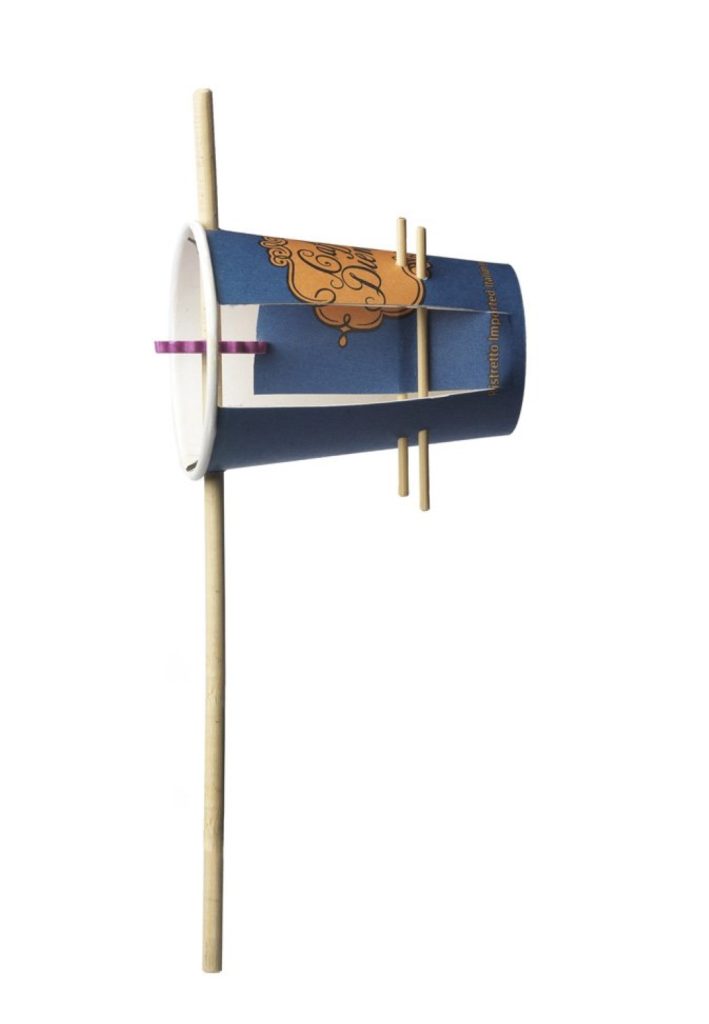
All the noismakers were made by Yaacov Kaufman in 2014–16 and are in his collection.
